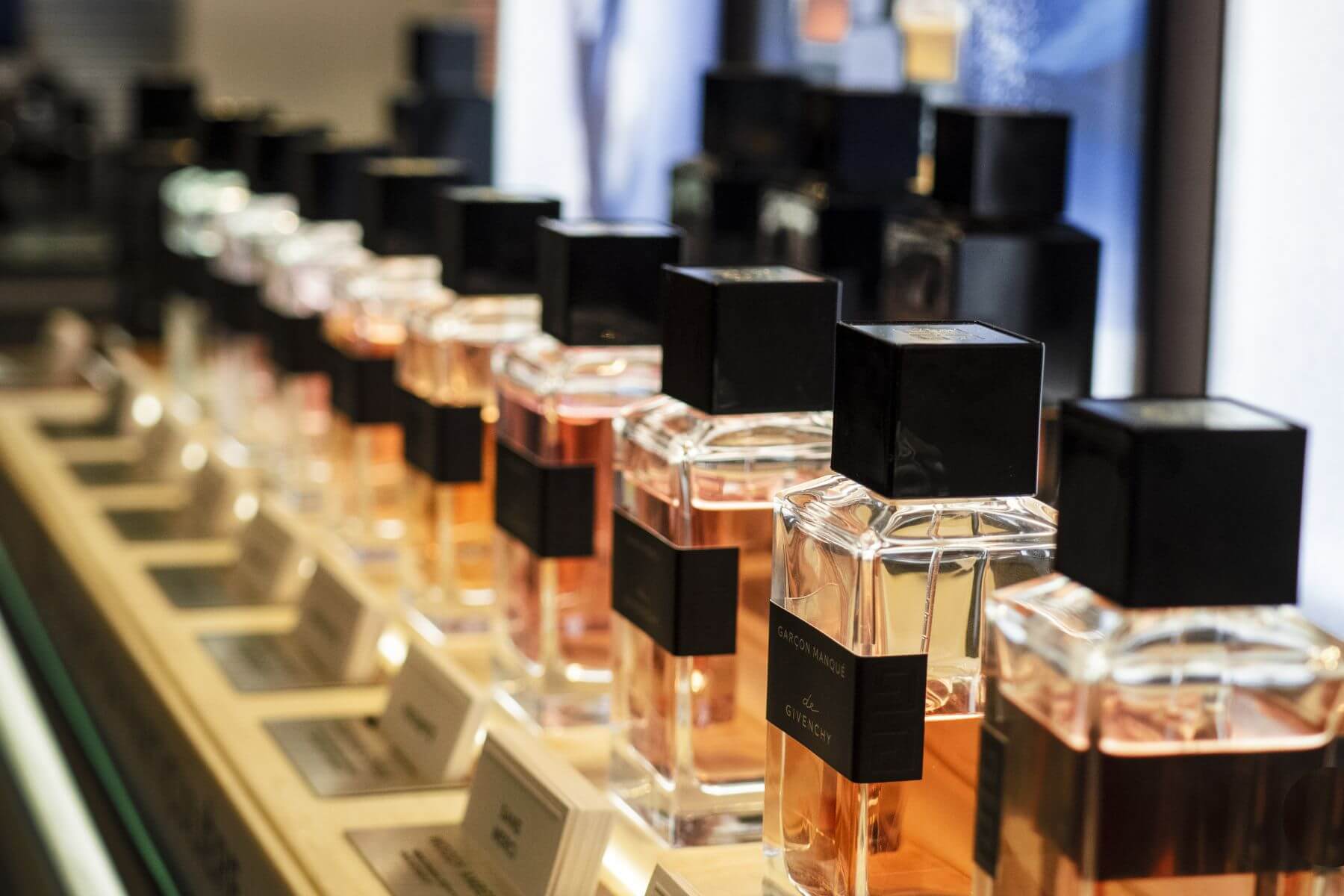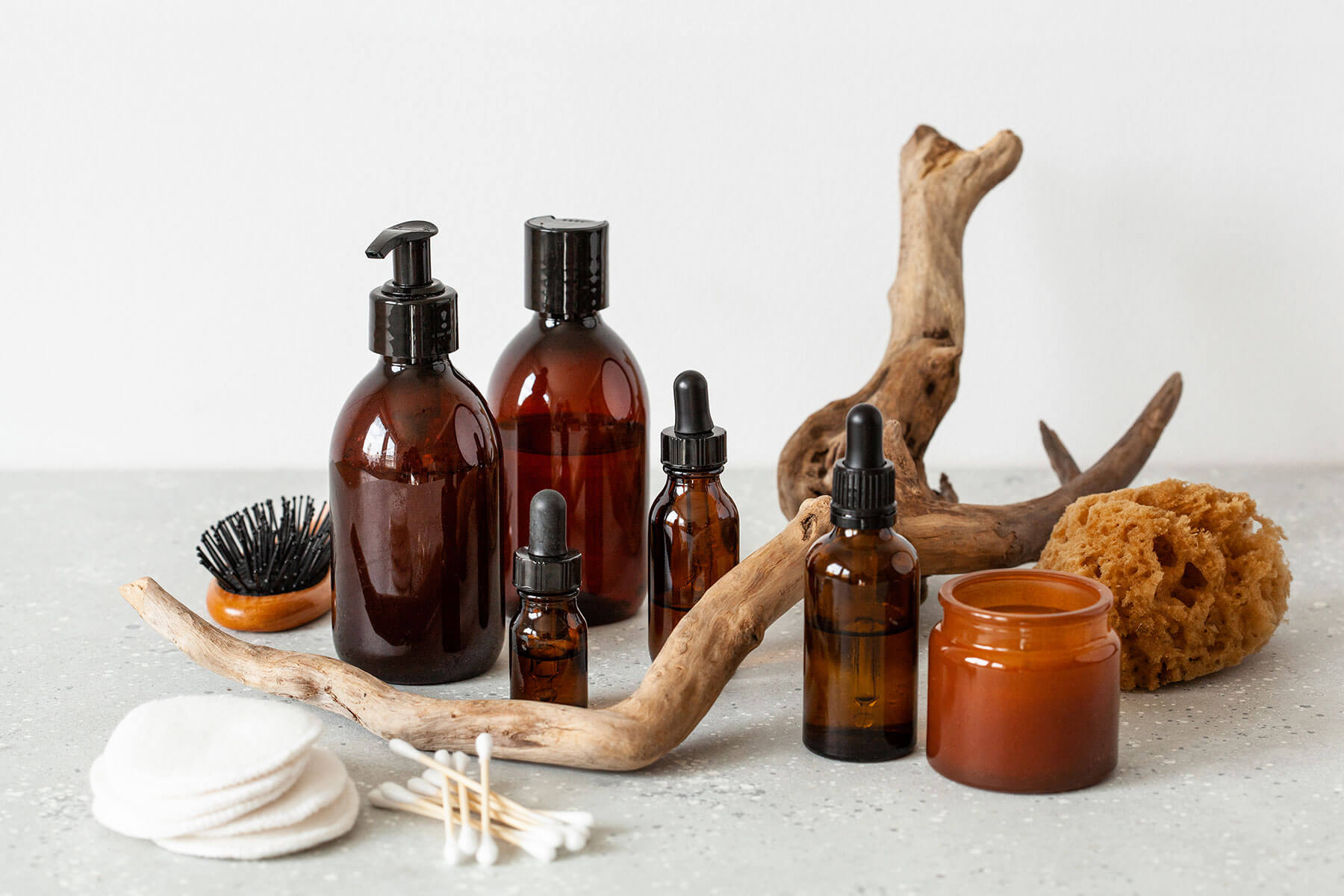Remember ‘the lipstick effect’ of 2001? With the world on the brink of a recession, Leonard Lauder, chairman of Estée Lauder, spoke of a surprising uplift in the sales of lipstick. While it might have sounded like a frivolous purchase in the face of what was an uncertain economy, it reminded us of the role beauty often plays: improving moods and boosting confidence – while being cheaper than a new designer handbag.
As we go into a recession once more, brands are hoping for a similar trend to arise. However, the industry is still recovering from the pandemic, and the landscape now looks far different to how it did 21 years ago. Add in higher mortgage interest rates, soaring energy bills and increased retail prices, and it seems inevitable that we’re set to see a strong shift in beauty spending.
But how will this affect the industry’s RRPs? With company costs creeping higher, even beauty’s biggest power players have no choice but to charge more for their products. Here, we reveal how much beauty brands are increasing their prices by, and the way to ensure new pricing strategies remain competitive…
Average RRPs have already been rising
As inflation rates increase (they’re currently at 10.1% in the UK and 8.2% in the US), the average RRPs in the beauty industry are going up. In the fragrance category, we saw them rise by an average of 3-5% between March and April, with some specific lines increasing by as much as 13%. In the past, an annual single-digit increase was standard, but the scale of price rises this year has changed significantly. We are expecting many brands to announce an unprecedented second price increase in a year. The big question is: will that be before December, in time for the Christmas period, or whether they will wait for a very large increase in January or February?
Brands looking to up their own RRPs face the challenge of balancing their margins, while still remaining affordable to their target consumers through the cost of living crisis. For this reason, having industry-wide data on how other brands respond to the challenge is crucial, enabling marketers to ensure their designs are in line with the rest of the market.
Knowing what competitors are doing is key
Market research is never more useful than in the midst of a recession, and it’s crucial for brands to have a clear insight on how their competitors are pricing their products. Because the beauty industry is so broad, a single percentage increase isn’t enough to guide new strategies. A price tracking tool will help marketers drill down deeper and pinpoint which brands are making what RRP changes.
Such tools are also useful in showing brands how retailers are treating various beauty brands when it comes to promotional events and discounting. With this data, rises and falls in revenue across the industry are thrown into clearer context. And, what’s more, brands can ensure new RRPs are still competitive enough to acquire and retain customers.
Technology will help brands through key consumer periods
Where pricing becomes all the more important is during key consumer periods, such as the impending Black Friday and Cyber Monday sales. This year’s peak promotions period is set to look different to previous years, as retailers work harder to boost their profits while tempting consumers with the most compelling offers.
Tracking these discounts as and when they happen is important if beauty brands are to refine their share of growth plan. For example, analysing Black Friday pricing will provide a clearer understanding of what Boxing Day and January Sales offers may be. As the economic outlook is predicted to be uncertain for some time, these insights will prove effective in navigating key consumer periods to come.
3 tips for pricing strategies during the recession
If you’re a brand owner, account manager or marketer considering adjusting RRPs, keep these pointers in mind when crafting your new pricing strategy:
● Don’t make snap decisions: Ensure you have comprehensive, robust data to inform your price changes, including that of competitors who are targeting the same audience as you are. The right price tracking tool will help you gather the insights you need.
● Protect your brand identity: If your brand is famed for its low-cost, high-quality beauty products, rolling out higher prices becomes even more challenging. Your affordability may be part of your brand identity, so consumers are likely to pay more attention to any sudden increases. Look at the way in which brands like e.l.f. Cosmetics communicated their increases, and consider if a similarly transparent approach might work for you.
● Analyse over time: You don’t want to be the brand that’s constantly adjusting their RRPs, as this can be confusing for both consumers and the third-party retailers you work with. However, you should continue to track industry pricing even after you’ve rolled out your new strategy, both to make sure you’re not missing any new trends, and to guarantee you’re balancing your margins effectively.
Up next: Looking for more advice on refining your RRPs? Discover our complete guide on how to plan an effective pricing strategy.




